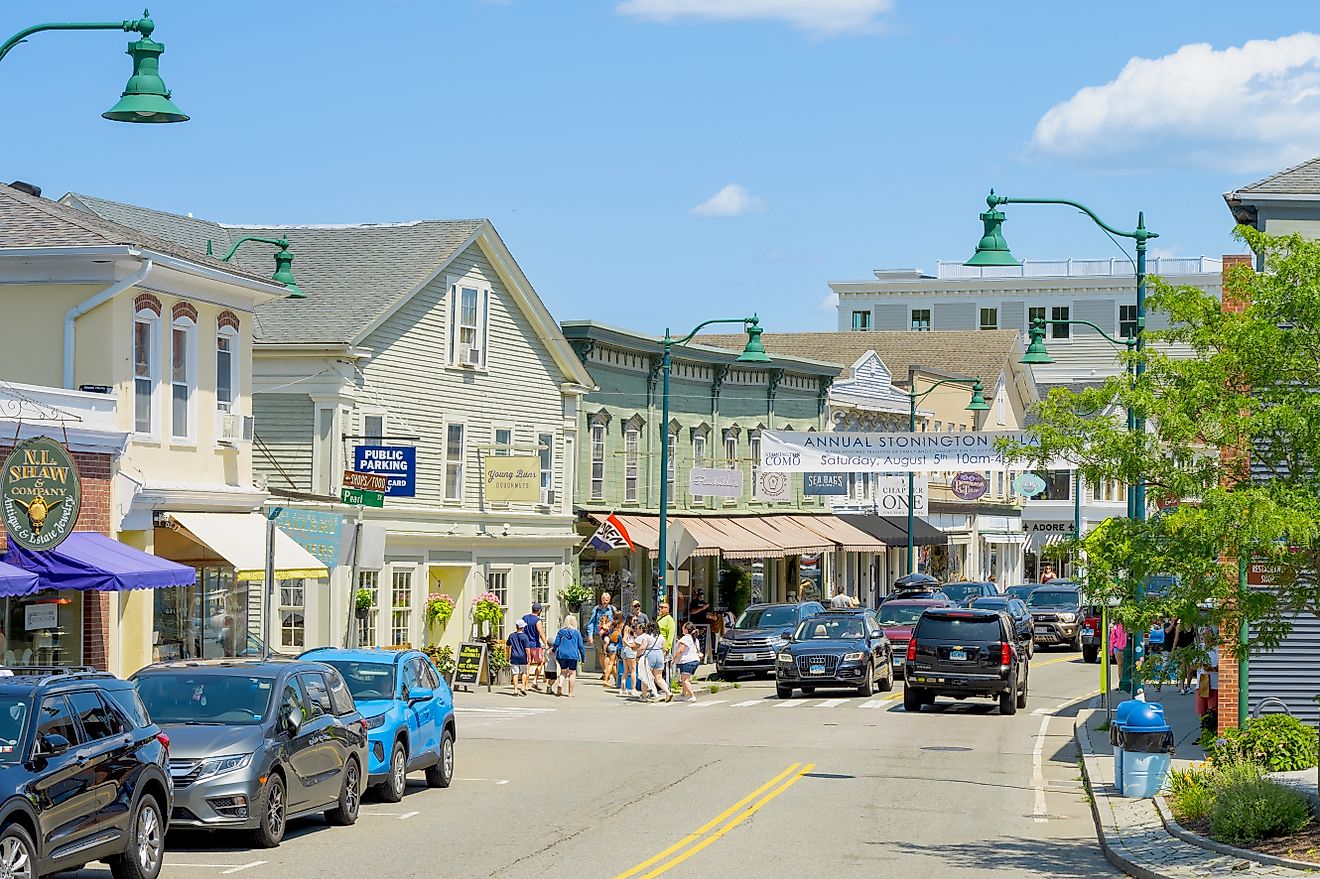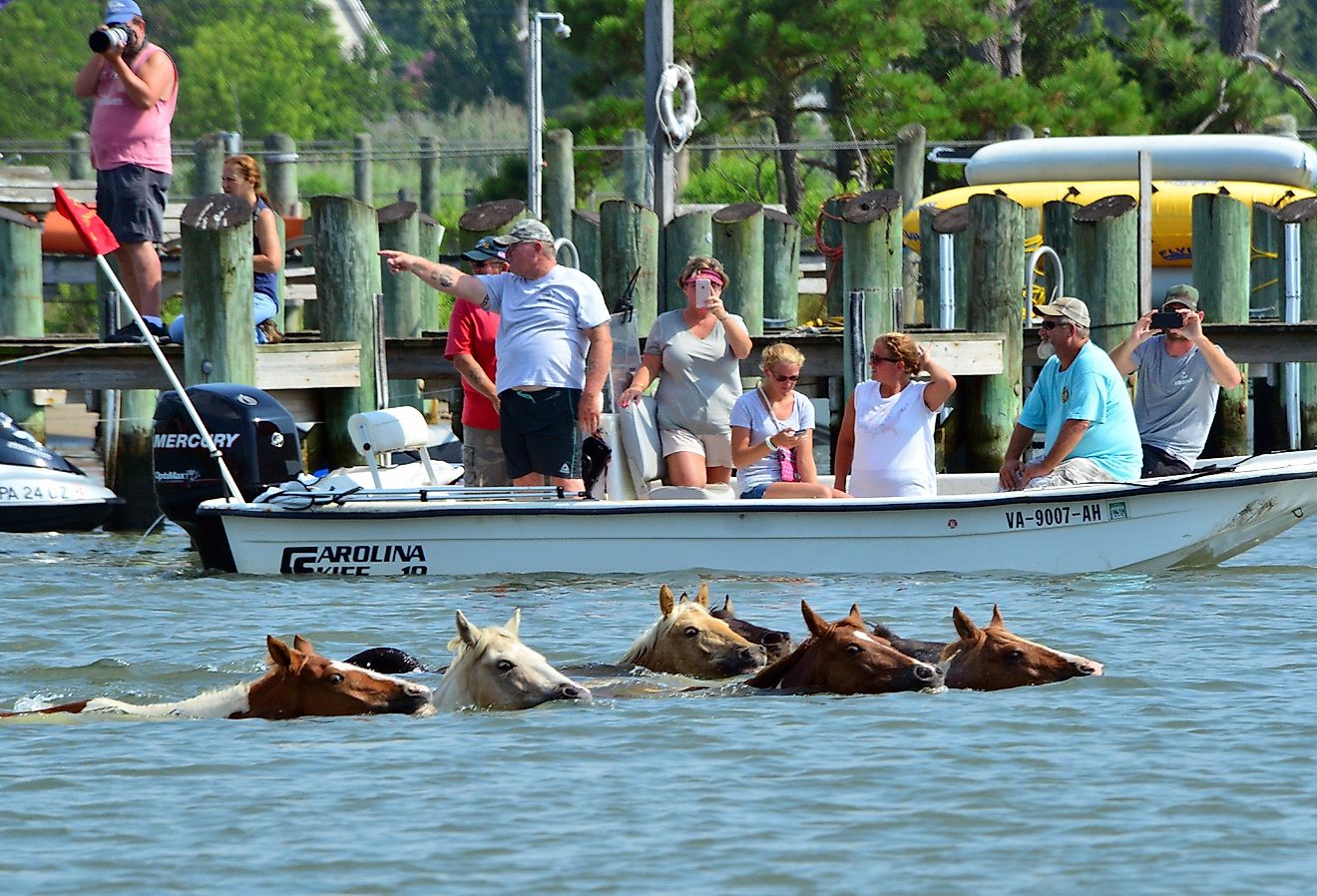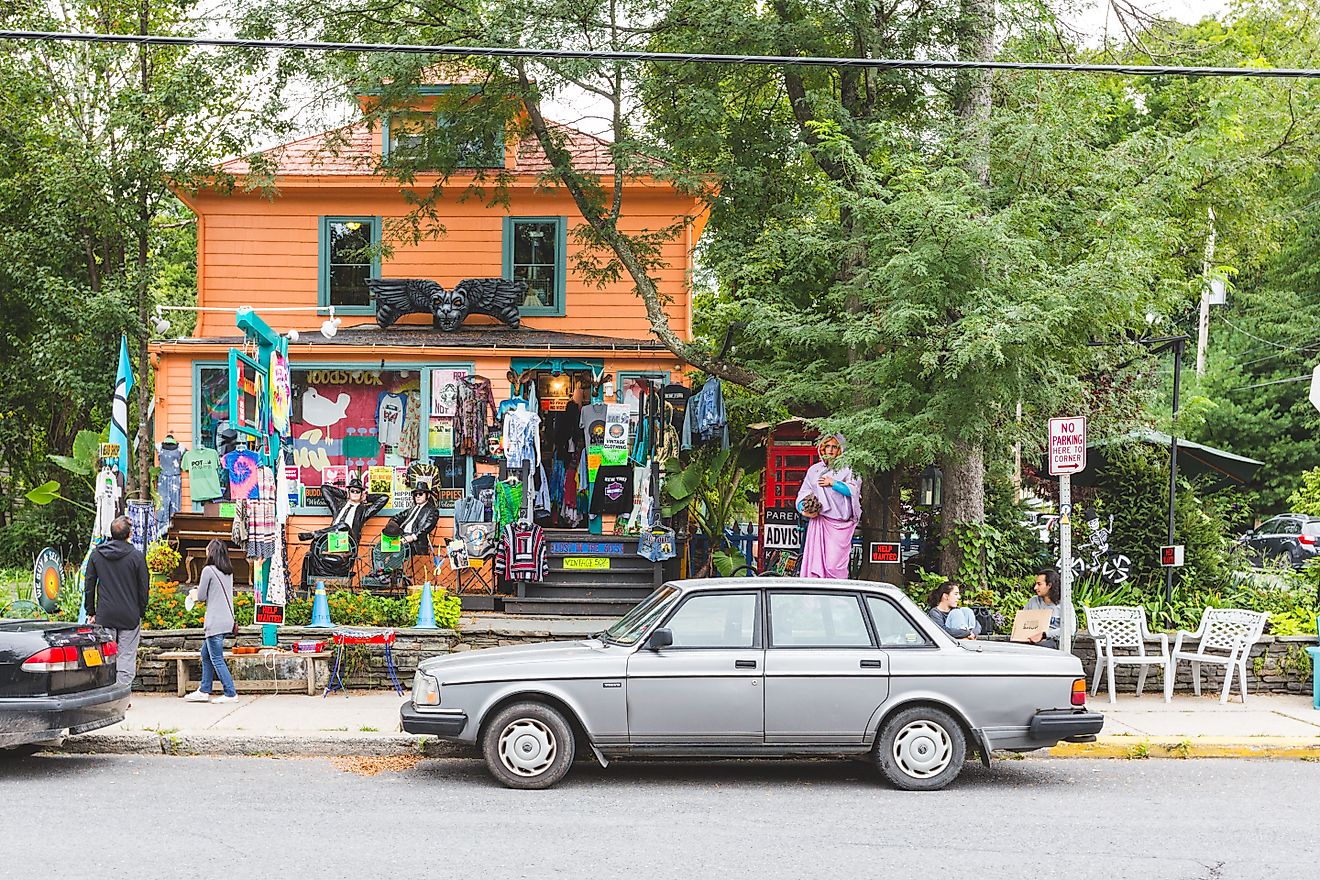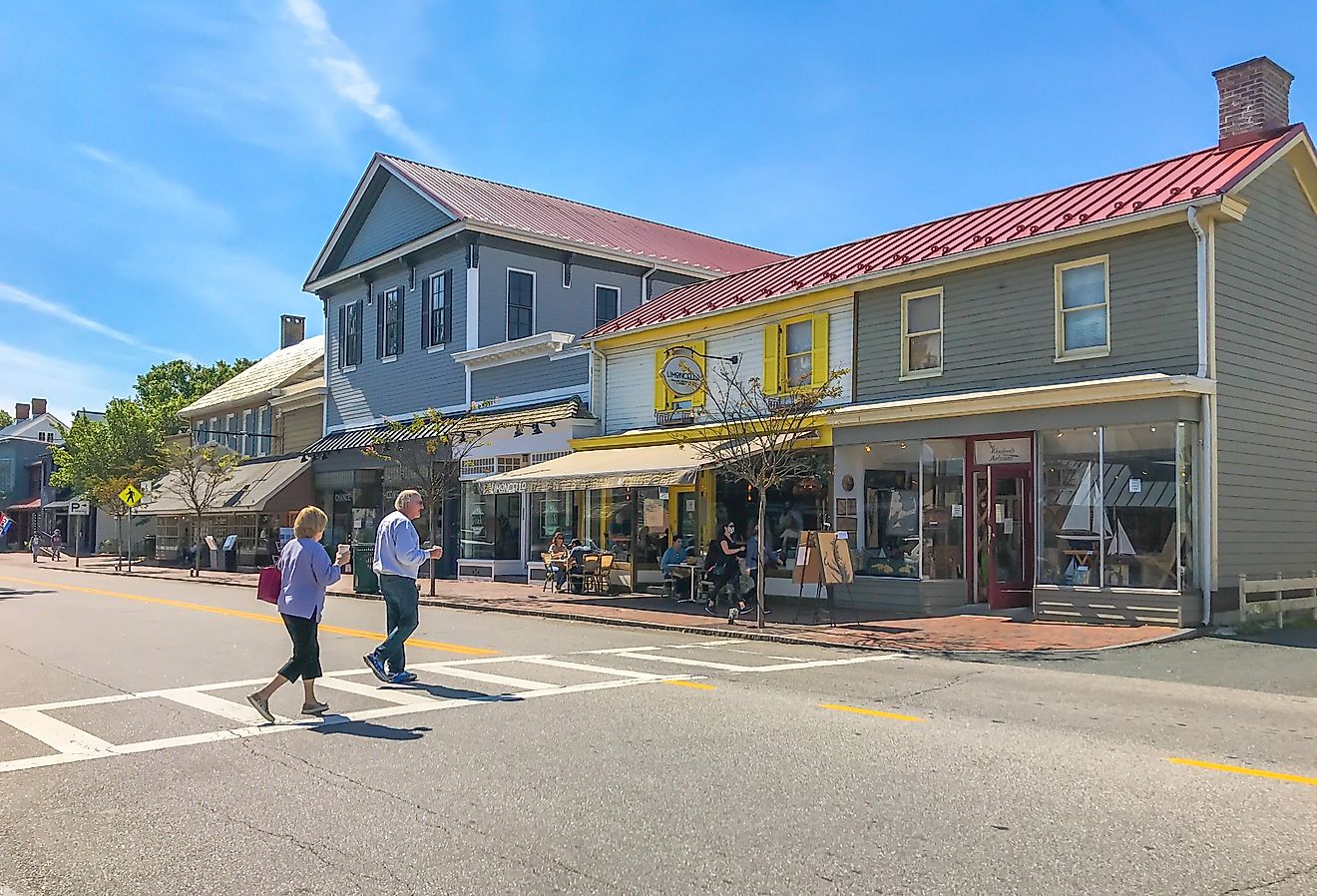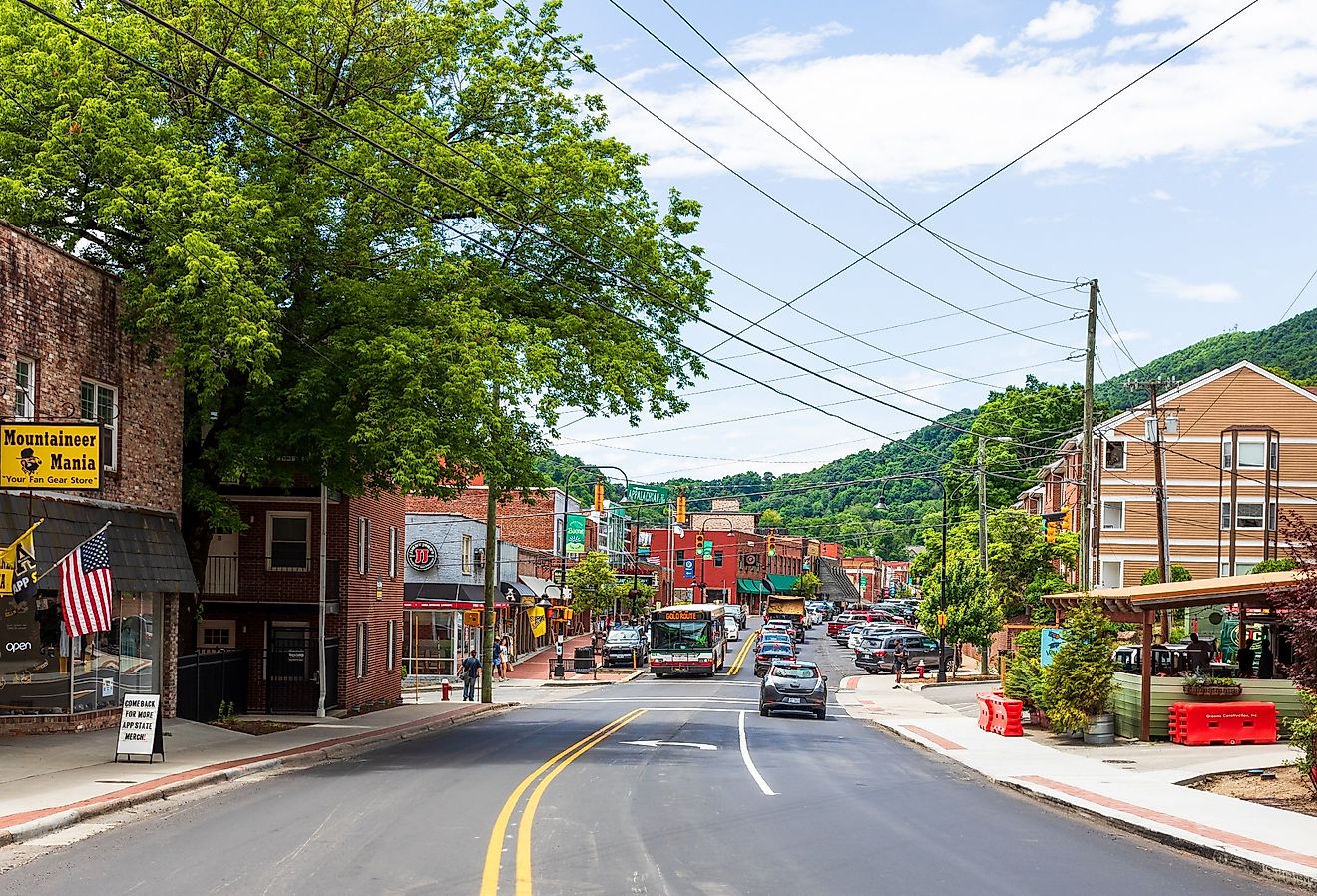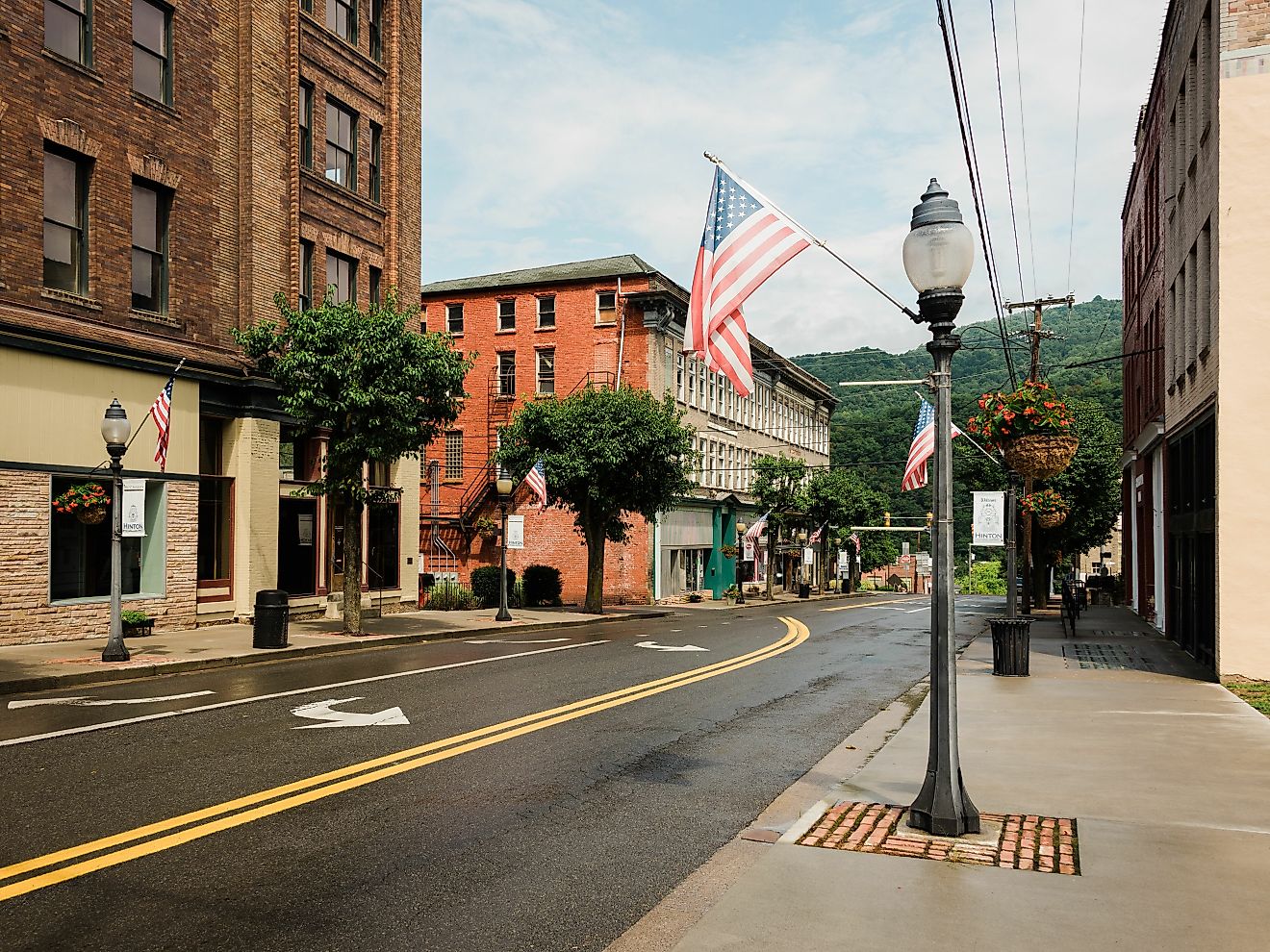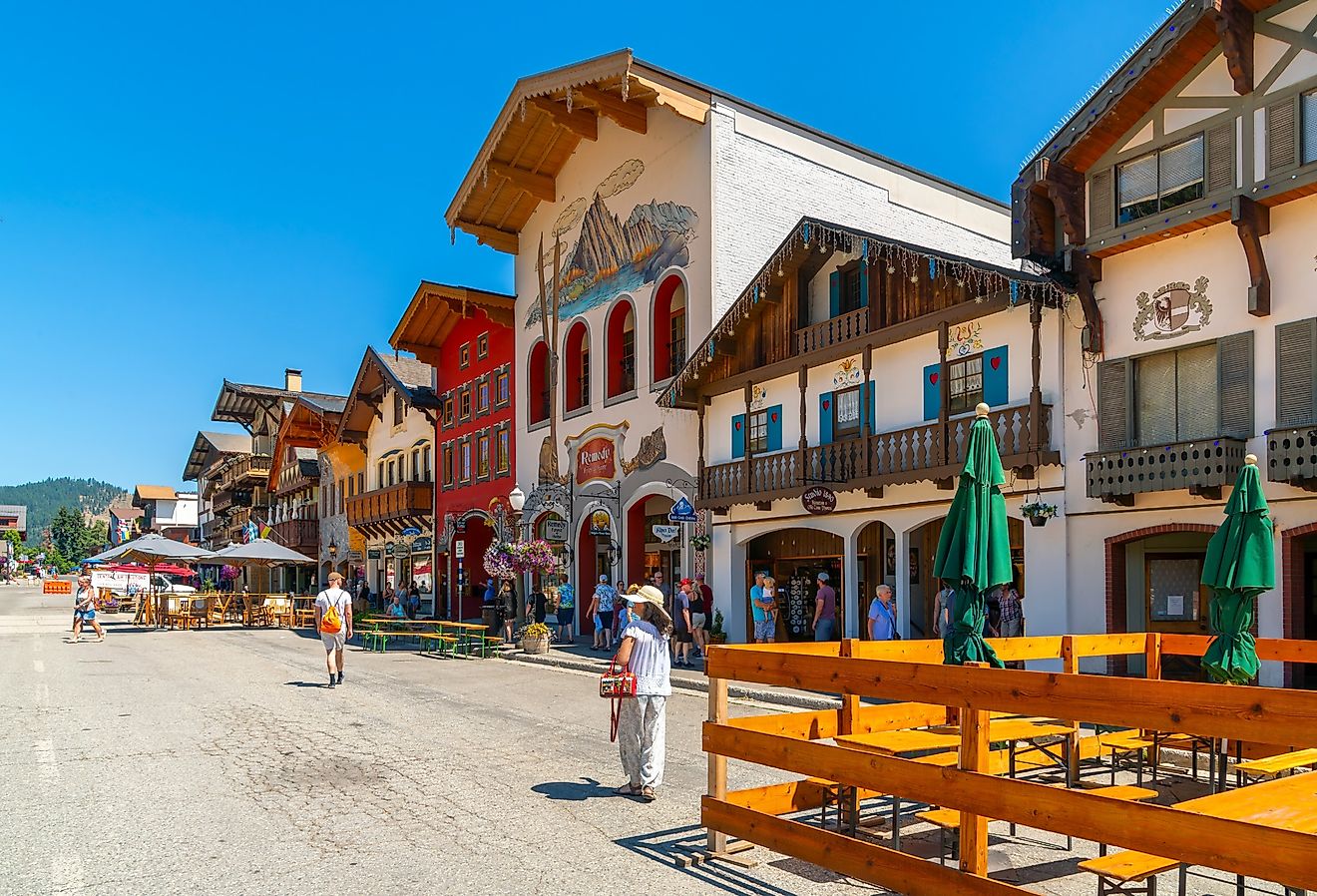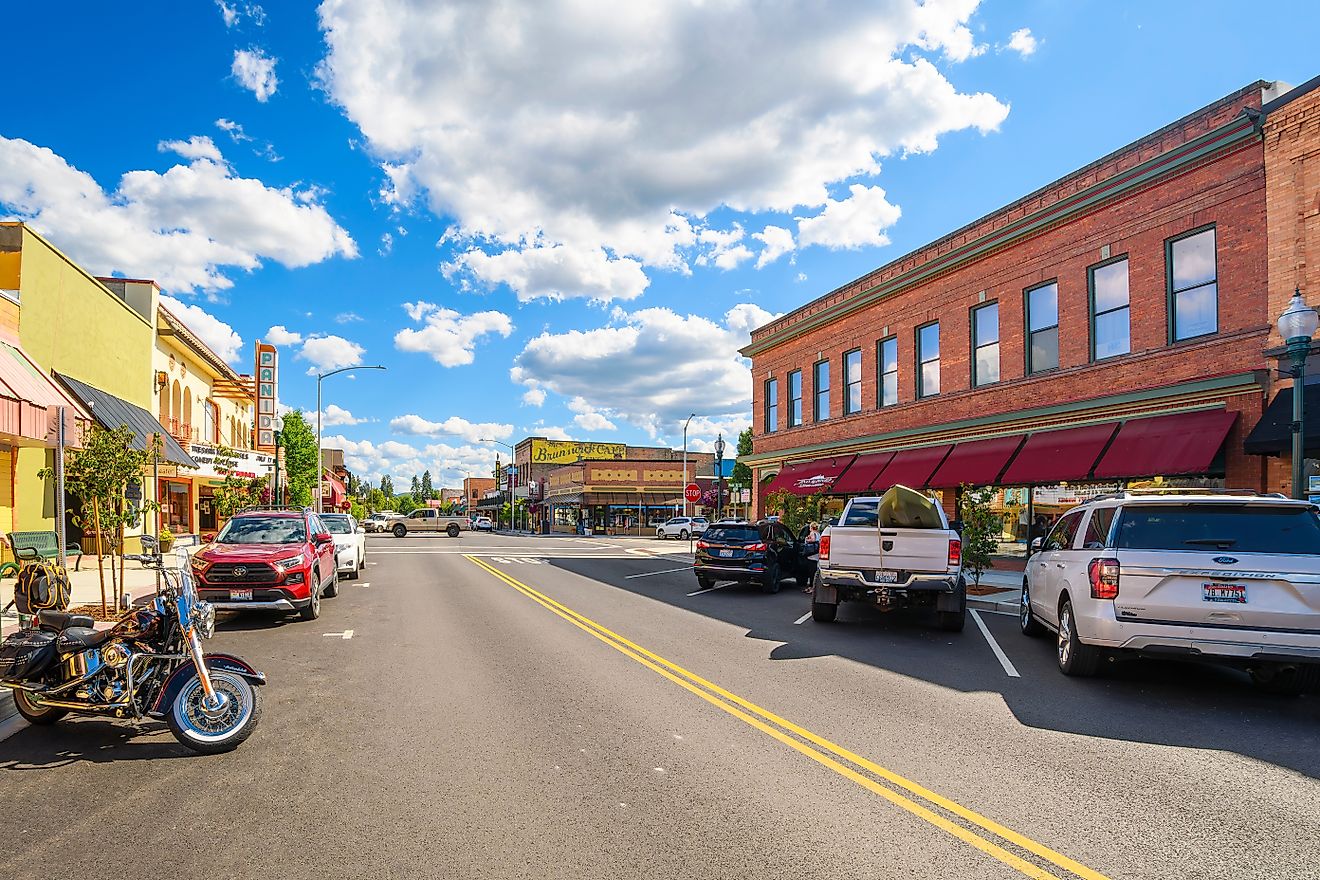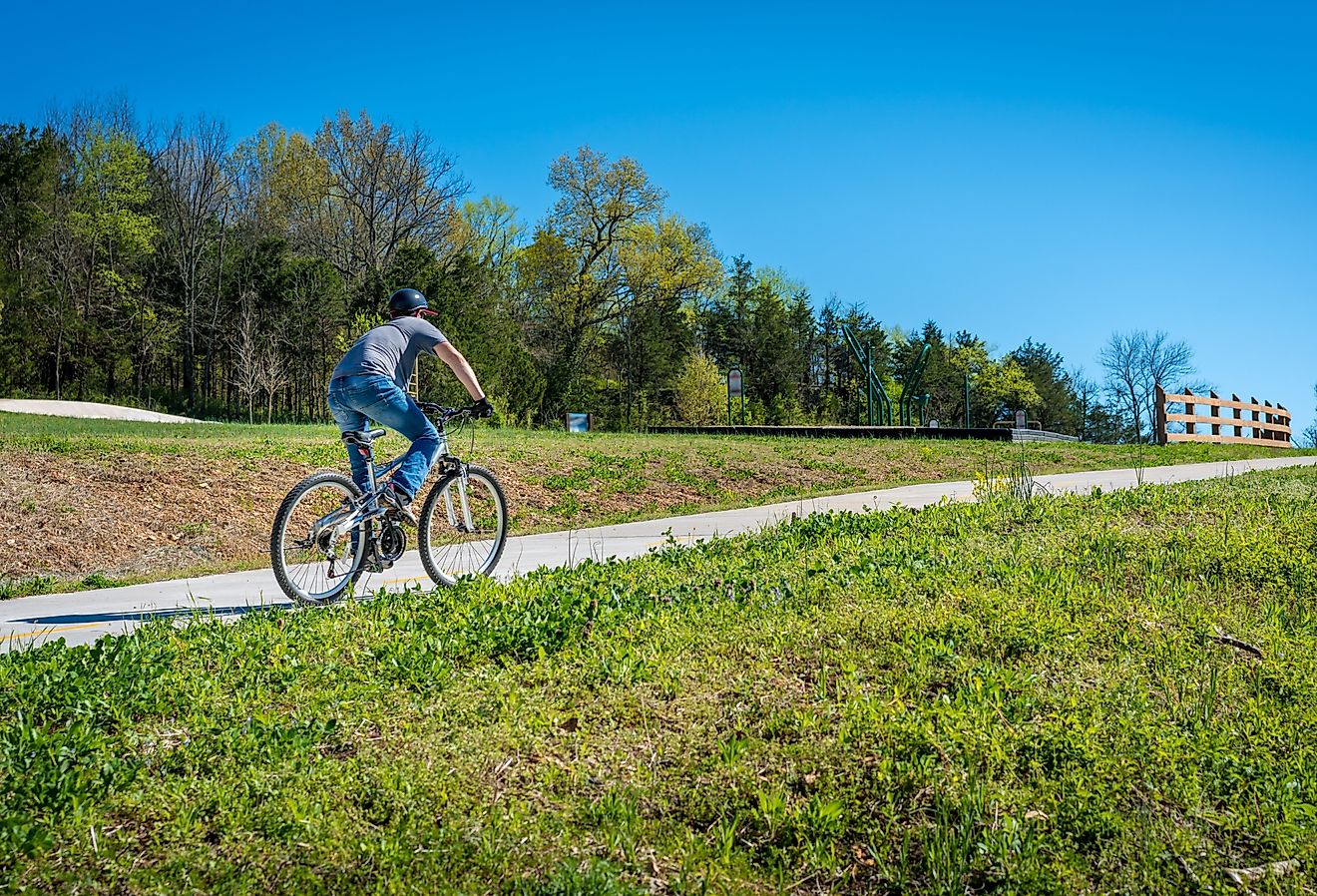
Sanjay Gandhi National Park, India
Covering an area of 3,287,263 sq. km, India is the world’s 7th largest and the 2nd most populous nation. This South Asian country supports more than 8% of the global biodiversity and is considered as one of the megadiverse countries of the world. At present, India hosts a total of 104 National Parks, which account for about 1.33% of the country’s geographical area.
Situated in the northern suburbs of the city of Mumbai, in the Indian state of Maharashtra is the Sanjay Gandhi National Park. The Park is the only wildlife preserve in the world that is located within the administrative limits of a metropolitan city. It is also one of the most visited national parks in the continent of Asia and its abundant flora and fauna attract over 2 million visitors annually.
Geography

Sanjay Gandhi National Park occupies a total area of 103.84 sq. km and forms about 20% of the metropolitan area of Mumbai, which is one of the most densely populated cities in the world. It is estimated that this biodiverse park is surrounded by a high human population of about 20 million people. Geographically, the suburbs of Borivali, Dahisar, Goregaon, Kandivali, and Malad are situated to the west of the park, while the suburbs of Mulund and Bhandup are situated in the east. The Aarey Milk Colony and IIT Bombay University campus are situated to the south of the National Park. The northern portions of the National Park form a part of the city of Thane.

The Sanjay Gandhi National Park features a hilly terrain with elevations ranging between 30 and 480m. Located at the heart of Mumbai, the park and its surrounding green stretches serve as “green lungs” for India’s commercial capital. The Park harbors two artificial freshwater lakes namely the Tulsi, and Vihar Lakes. The water from these lakes is used to supply a portion of drinking water for the humongous population of Mumbai. The remaining portion of the city’s drinking water comes from other protected areas such as the Tansa and Tungareshwar Wildlife Sanctuaries.
The 5.5 sq. km Krishnagiri Upavan, is a recreation area located inside the National Park and is easily accessed by tourists. This area hosts a small zoo, and a crocodile park and offers many recreational activities for the tourists like lion and tiger safaris, moving around via the Van Rani narrow-gauge train, several walking trails, etc.
Climate

Due to the hilly terrain, the presence of lakes, and the natural green cover, the temperatures at the Sanjay Gandhi National Park remain comparatively lower than that of the city. During the winter months from October to January, the temperature varies between 18° to 20°C. The summer months from February to April are relatively much hotter. Due to the area’s natural green cover, the park receives high rainfall during the wet rainy months of July to the mid of October. It is estimated that the national park receives over 3000mm of annual rainfall.
Ecology

The Sanjay Gandhi National Park forms a part of the Western Ghats biodiversity hotspot and harbors an incredible diversity of flora and fauna. The Park supports more than 1,300 species of plants including teak, shisham, kadamba, karanj, euphorbia, acacia, red silk cotton, and some flowering plants like Karvi - an exotic flora which blossoms only once in eight years.

The green cover of the National Park provides critical habitats for many faunal species. This National Park is home to one of the world’s largest densities of leopards. Camera trapping studies have revealed that this urban wilderness boasts of more than 47 wild leopards, who have learned to coexist with the high human population that lives around the periphery of the national park. Besides leopards, the park supports about 40 species of mammals, 78 species of amphibians and reptiles, 172 species of butterflies, and over 254 species of resident and migratory birds.

Some of the common animals that are found here include spotted deer, sambar deer, four-horned antelope, muntjac, rhesus and bonnet macaque, Hanuman langur, porcupine, Indian hare, Indian flying fox, and Asian palm civet. Reptilian species like Russell’s viper, bamboo pit viper, pythons, monitor lizards, etc. are also found. Numerous beautiful butterflies like Blue Mormon, common jezebel, tiger butterfly, Atlas moth, etc. have been recorded in the Sanjay Gandhi National Park. Some of the significant avian species such as golden orioles, sunbirds, peacocks, hornbills, jungle owlets, drongos, kingfishers, herons, etc. are observed in the National Park.
Brief History

The Sanjay Gandhi National Park area has a rich history that dates back to the 4th century BC when a trade route between the two ancient ports of Kalyan and Sopara passed through these forests. The 2,400 years old “Kanheri Caves” which are located in the heart of the forestland, served as important sites of Buddhist learning and pilgrimage. These caves were sculpted from the basalt rocks by the Buddhist monks from the 1st Century to the 9th Century BCE. The two artificial lakes – Tulsi and Vihar were constructed by the British within the forest area to supply water to the city of Mumbai. In 1950, the Krishnagiri National Park was established with an area of only 20.26 sq. km to protect the catchment areas of these artificial lakes. In 1969, about 2,076 hectares of land of the erstwhile Aarey Milk Scheme was handed over to the Forest Department. In 1976, this total of 68.27 sq. km of the land area was renamed the ‘Borivali National Park’. Further land areas were added to the park and in 1996, the park was rechristened as “Sanjay Gandhi National Park” in memory of the late Sanjay Gandhi – the younger son of India’s former Prime Minister Smt. Indira Gandhi.
Threats

Despite, being declared a “National Park” and accorded with the highest level of legal protection, the Sanjay Gandhi National Park still hosts about 43 padas or hamlets within its territorial limits, which currently houses thousands of native tribals and migrant populations. A significant amount of these people relies on the forest areas for their livelihoods. As a result, the forest has suffered from a lot of encroachment and is constantly under tremendous anthropogenic pressure. Several incidents of poaching and human-wildlife conflicts have also been reported in the National Park.

